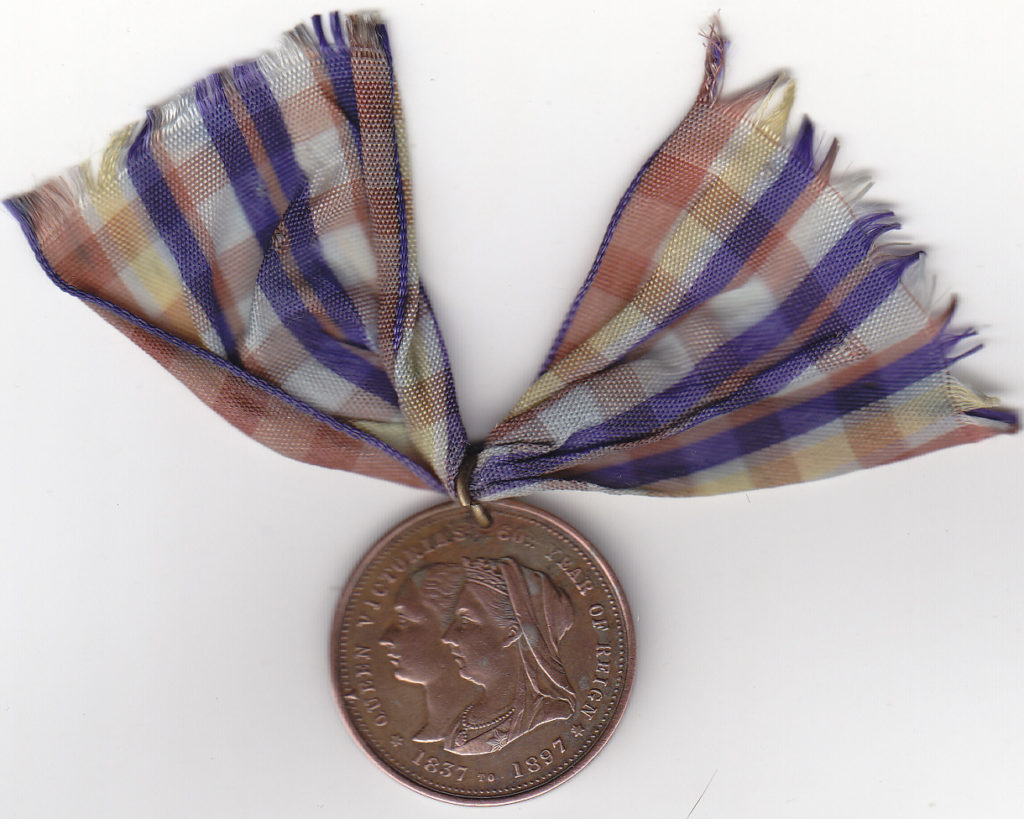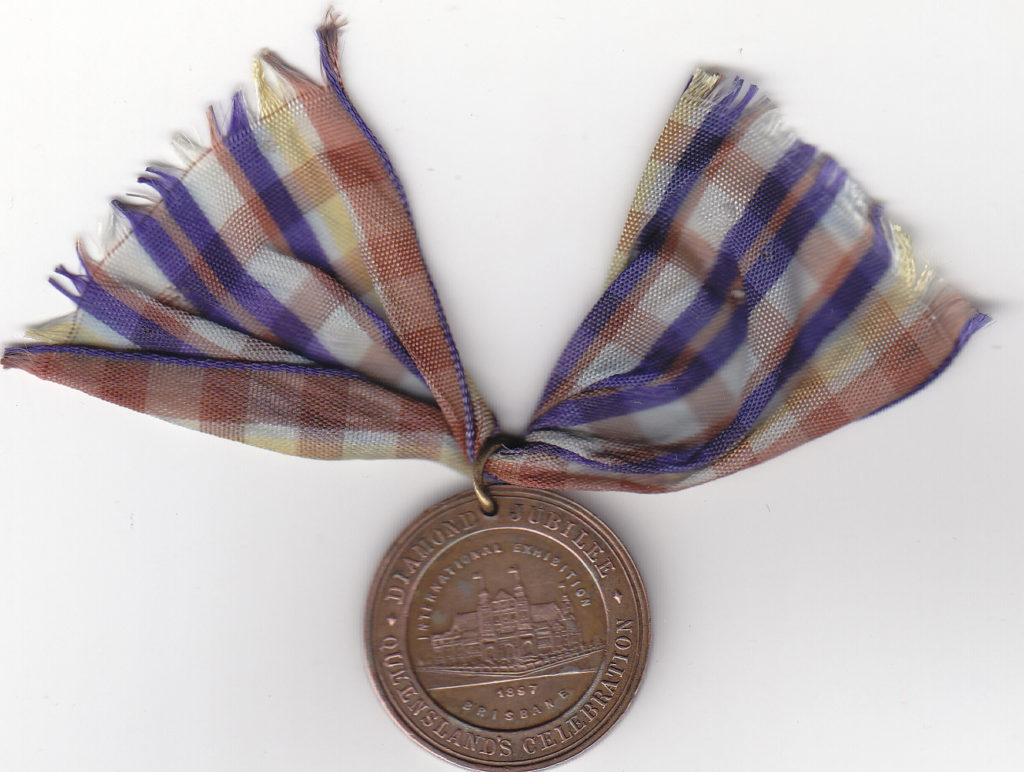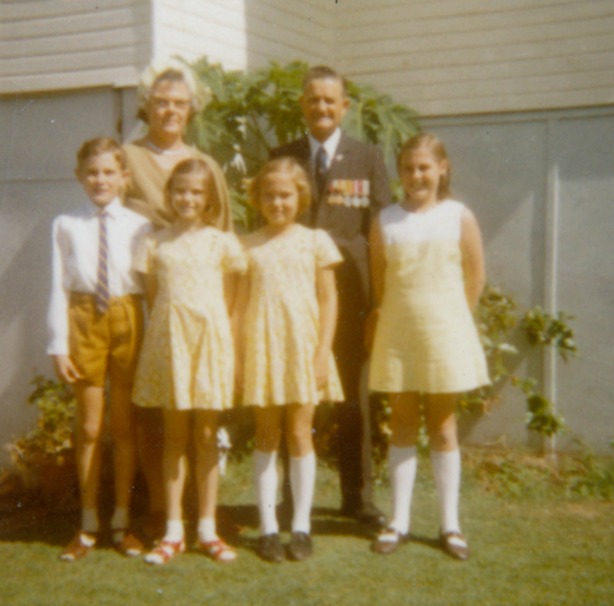I was a regular visitor as a child, coming with my parents to the museum in the 1970s and 80s. We loved the natural history displays on the second floor. I became fascinated by reptiles. Later, in my university days a friend, Professor John Pearn, knowing this, introduced me to the curator of herpetology at the museum, Jeanette Covacevich. They knew each other through John’s strong medically-based interest in and knowledge of venomous animals. This introduction led to an amazing day trip to Jeanette’s labs during the university holidays. The lab was full of reptiles in jars of formalin, and I realized that to work in this area I would have to capture and then kill reptiles, to then count scales. (The number and placement of scales is an important definition of species in reptiles). I didn’t want to do this.
The gardens were always a serene sunlit space, surrounding the museum.
After school, I would meet my friends at Triceratops, when going to the Ekka.
A note from the editor: An obituary for the herpetologist Jeanette Covacevich, written by two of her colleagues at the museum, was published in Memoirs of the Queensland Museum—Nature 59. Thanks to Dr Judith McKay for this information.





Recent Comments